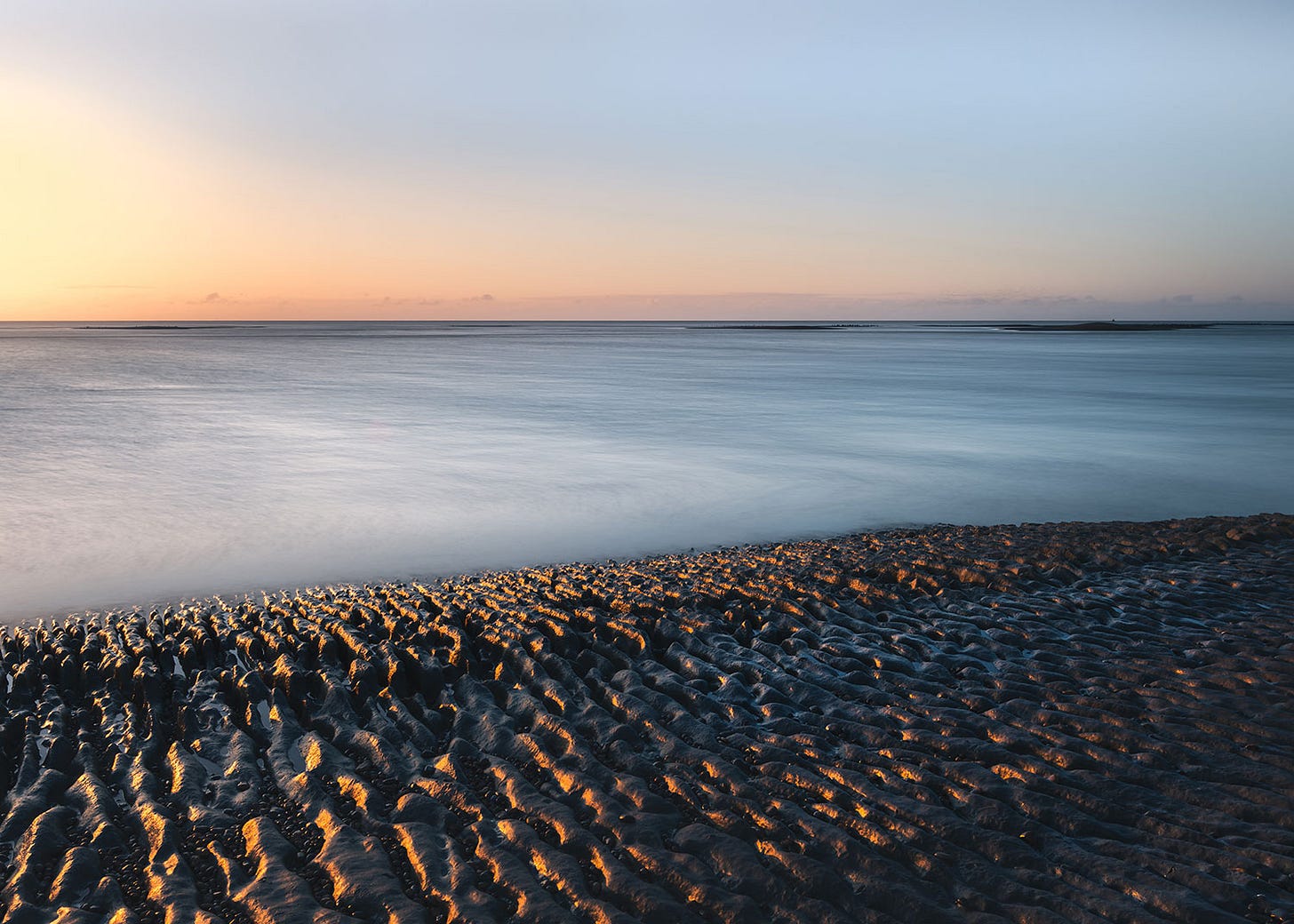Hello, I’m Gill and I write a photography blog inspired by the landscapes of Suffolk and beyond. Please subscribe to read more of my writing and visit my website to view my images.
I have been toying with the idea of upgrading my camera for a while now - the lure of a new Nikon Z8 is very appealing. I frequently…
Keep reading with a 7-day free trial
Subscribe to For the Love of Landscapes to keep reading this post and get 7 days of free access to the full post archives.




